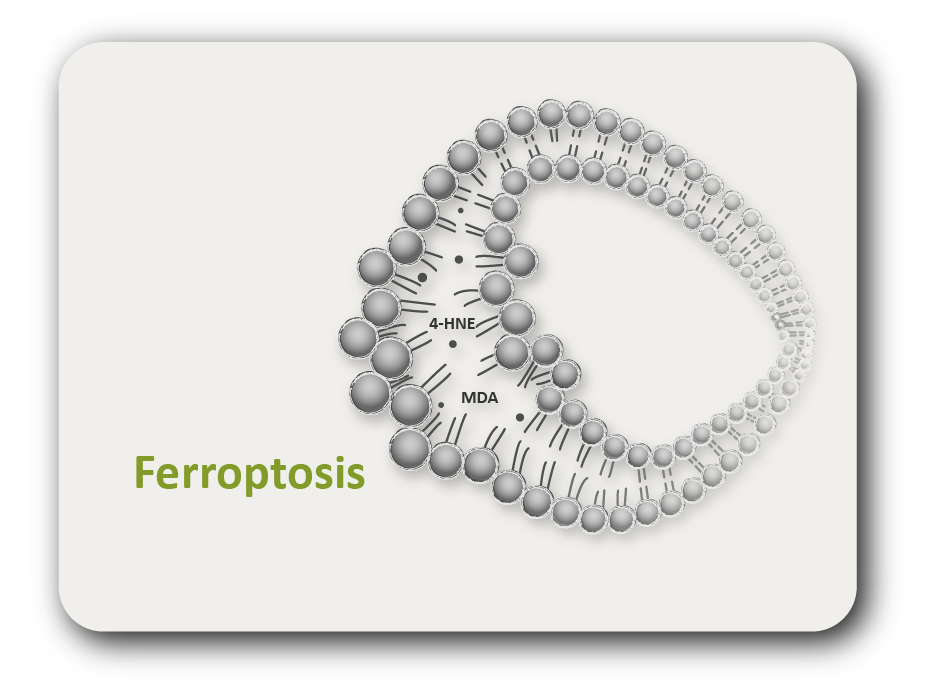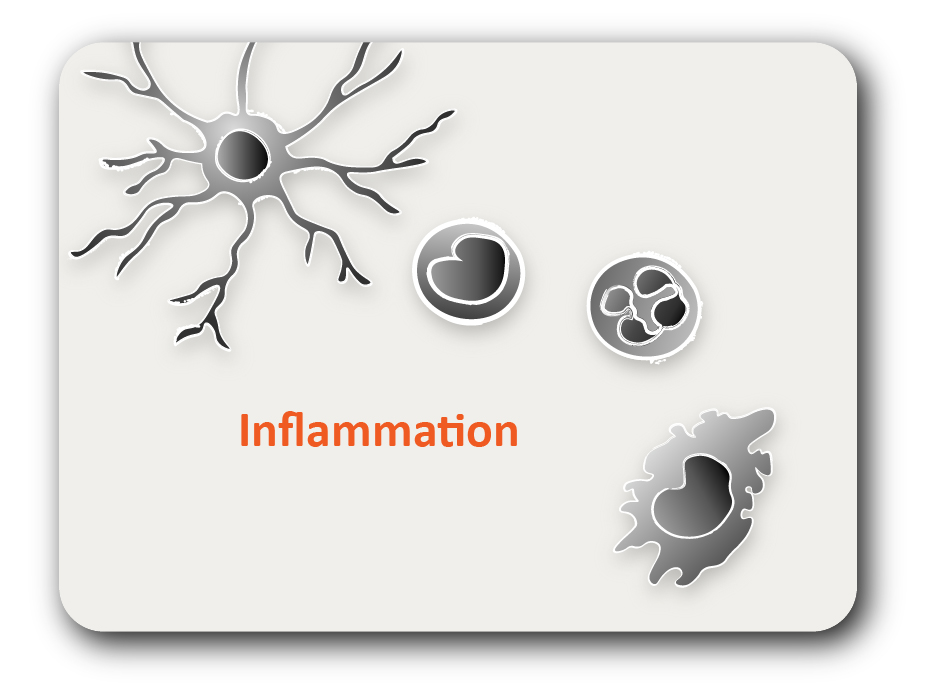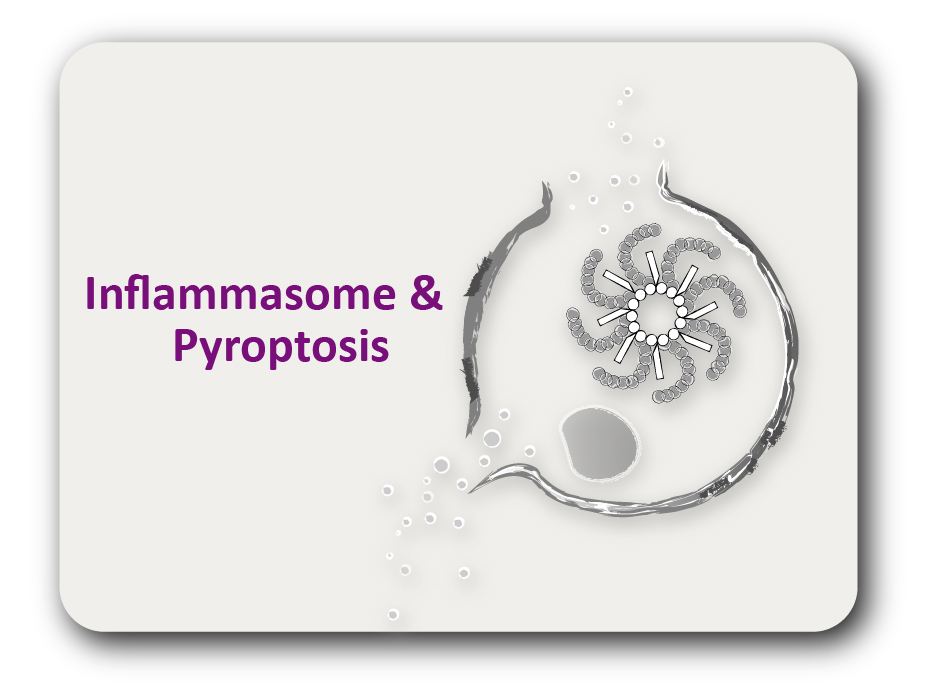ARG70565
Mouse CD203c / E-NPP3 recombinant protein (His-tagged)
Mouse CD203c / E-NPP3 recombinant protein (His-tagged) for SDS-PAGE
Overview
| Product Description | CHO expressed, His-tagged Mouse CD203c / E-NPP3 recombinant protein |
|---|---|
| Tested Application | SDS-PAGE |
| Target Name | CD203c / E-NPP3 |
| A.A. Sequence | Arg46 - Ile874 |
| Expression System | CHO |
| Alternate Names | ENPP3; Ectonucleotide Pyrophosphatase/Phosphodiesterase 3; Gp130RB13-6; PD-IBETA; CD203c; PDNP3; B10; Ectonucleotide Pyrophosphatase/Phosphodiesterase Family Member 3; Phosphodiesterase I/Nucleotide Pyrophosphatase 3; Alkaline Phosphodiesterase I; Dinucleoside Polyphosphatase; Nucleotide Pyrophosphatase; Nucleotide Diphosphatase; NPPase; NPP3; DJ1005H11.3 (Phosphodiesterase I/Nucleotide Pyrophosphatase 3); DJ914N13.3 (Phosphodiesterase I/Nucleotide Pyrophosphatase 3); Phosphodiesterase-I Beta; Phosphodiesterase I Beta; CD203c Antigen; EC 3.1.4.1; EC 3.6.1.-; EC 3.6.1.9; PD-Ibeta; E-NPP 3 |
Properties
| Form | Powder |
|---|---|
| Purification Note | Endotoxin level is less than 0.1 EU/µg of the protein, as determined by the LAL test. |
| Purity | > 95% (by SDS-PAGE) |
| Buffer | PBS (pH 7.4) |
| Reconstitution | It is recommended to reconstitute the lyophilized protein in sterile water to a concentration not less than 200 μg/ml and incubate the stock solution for at least 20 min at room temperature to make sure the protein is dissolved completely. |
| Storage Instruction | For long term, lyophilized protein should be stored at -20°C or -80°C. After reconstitution, aliquot and store at -20°C or -80°C for up to one month. Storage in frost free freezers is not recommended. Avoid repeated freeze/thaw cycles. Suggest spin the vial prior to opening. |
| Note | For laboratory research only, not for drug, diagnostic or other use. |
Bioinformation
| Gene Symbol | ENPP3 |
|---|---|
| Gene Full Name | Ectonucleotide Pyrophosphatase/Phosphodiesterase 3 |
| Background | The protein encoded by this gene belongs to a series of ectoenzymes that are involved in hydrolysis of extracellular nucleotides. These ectoenzymes possess ATPase and ATP pyrophosphatase activities and are type II transmembrane proteins. Expression of the related rat mRNA has been found in a subset of immature glial cells and in the alimentary tract. The corresponding rat protein has been detected in the pancreas, small intestine, colon, and liver. The human mRNA is expressed in glioma cells, prostate, and uterus. Expression of the human protein has been detected in uterus, basophils, and mast cells. Two transcript variants, one protein coding and the other non-protein coding, have been found for this gene. [provided by RefSeq, Oct 2015] |
| Function | In addition, displays an alkaline phosphodiesterase activity in vitro. [Uniprot] |





